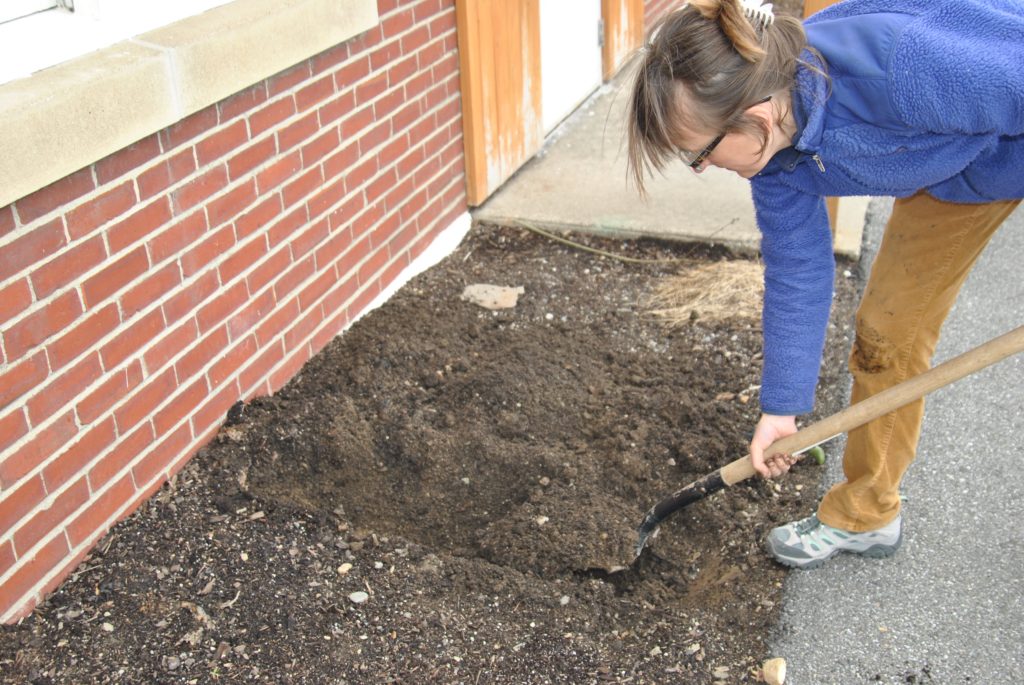How to plant potatoes

Whether you like them baked, fried or mashed, there is no doubt that potatoes are some of the most tasty and useful crops around. Many gardeners will add them to their plots and to enjoy the starchy, scrumptious storage crop all year round.
If you are growing potatoes for the first time, though, you should know that planting potatoes is a little different than other crops you may be starting in the spring.
“When you plant potatoes, you plant the actual tuber,” said Kate Garland, horticultural specialist at the University of Maine Cooperative Extension.
Potatoes are best grown from cuttings of a sprouting seed potato. Like tomatoes, the sprouts of potatoes also develop adventitious roots, which are tiny proto-roots that will grow if they are exposed to the right moisture and soil conditions.
How to plant potatoes
When you are preparing a seed potato, you want at least one eye where the potato has begun to sprout. You can buy sprouting potatoes from a local nursery, or you can sprout your own from potatoes leftover from last season by placing them in a warm spot with lots of light to activate the sprouting process. The potatoes should be sprouting from their eyes after about two weeks.
“You want to work with disease-free seed stock,” Garland said. “Don’t use potatoes from the grocery store, we do not recommend that at all. Those can harbor diseases and cause potential problems in your garden.”

Use a clean, sharp knife to cut the sprouting potato into segments. You do not want to cut the pieces too small. Garland said segments should ideally be an inch or two in size and weigh a couple ounces.
Garland said you can also put the whole potato in the ground, but that is not the optimal way to use your spud’s resources unless it is very small.
“I’m a very frugal gardener,” she laughed.
Ideally, you should plant your potatoes shortly after you cut them. Potatoes can be planted as early as four to six weeks before the last frost date, when the soil is workable and its temperature above 45 degrees Fahrenheit. Garland said if you need to wait, store the segments in a cool, dark and dry spot.

Dig a trench about four to six inches deep for your first row and place the potato segments in the trench with the sprouting eyes facing upwards. Space the potatoes about a foot apart, and additional rows should be about three feet apart.
Cover the potato chunks up with a few inches of soil, just enough to make a small hill. You will continue to cover the potato as it sprouts up.
“You want to hill up and cover the shoot as it develops,” Garland explained. “As it grows up, cover the stem so it develops roots and becomes more anchored.”

Potatoes require between one and two inches of water per week. Water regularly (every four to five days is ideal) and carefully — too much or too little water and the tubers may grow to be misshapen.
Potatoes take about 10 weeks to grow to full size after being transplanted. You can harvest potatoes two to three weeks after the plants have started flowering when the flowers have died off. Dig up the biggest potatoes and allow the smaller ones to continue to grow.
At the end of the season, save a few in a cool, dark and well-ventilated space so you can sprout them again for next season.
